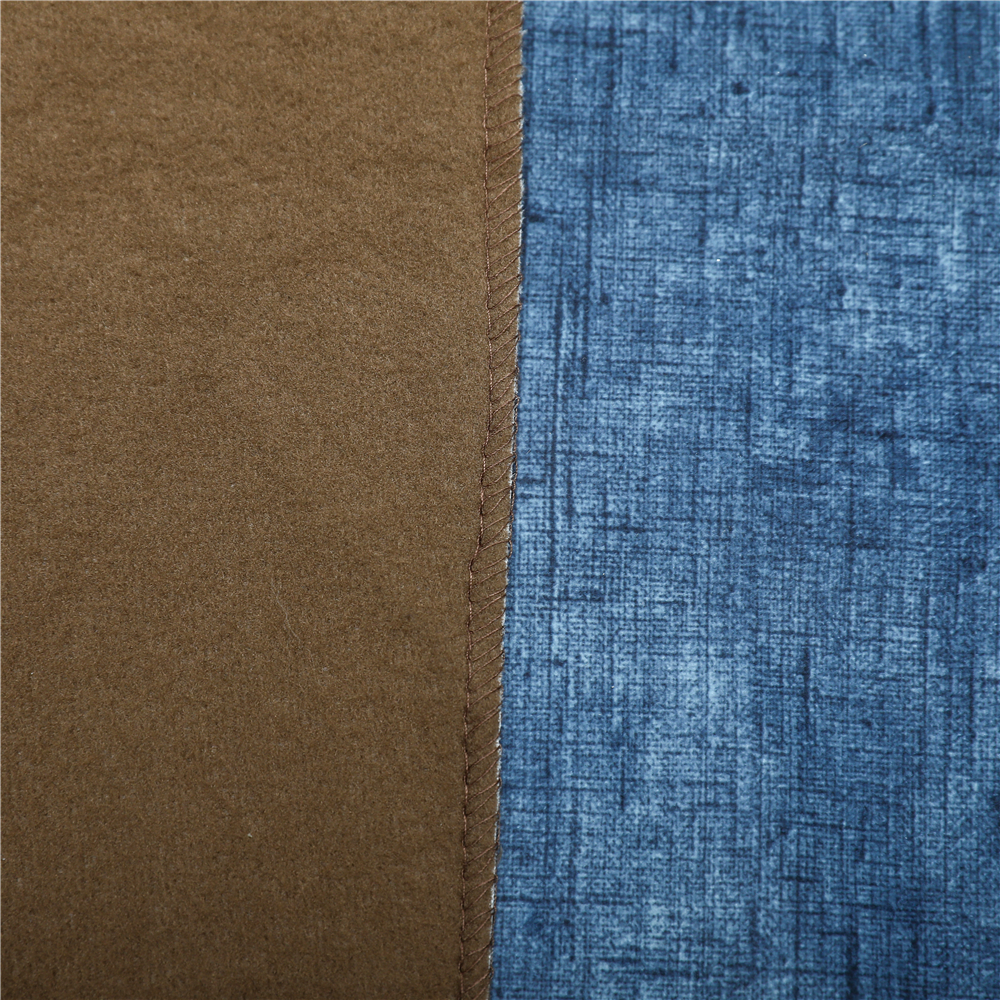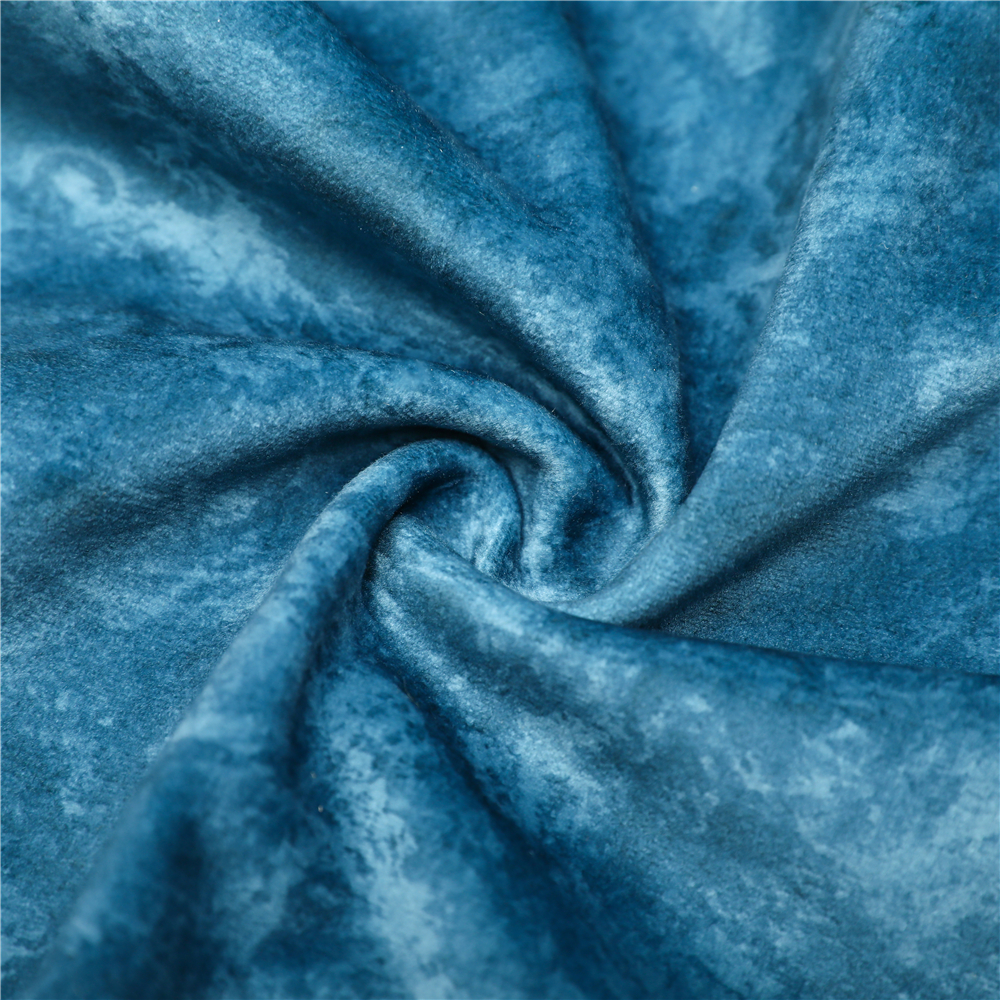Improving the resistance of upholstery fabrics to fading is an ongoing goal in the textile industry. Fading can occur due to exposure to sunlight and other environmental factors, and manufacturers often seek ways to enhance the durability and colorfastness of their fabrics.
UV-resistant treatments: Some upholstery fabrics are treated with UV-resistant coatings or additives to minimize the impact of sunlight on the fabric's colors. This helps to slow down the fading process.
Solution-dyed fibers: Fabrics made from solution-dyed fibers have color incorporated into the fibers during the manufacturing process rather than applied as a dye after the fabric is woven. This can result in improved colorfastness.

High-performance synthetic fibers: Fabrics made from synthetic fibers such as polyester and acrylic are often more resistant to fading than natural fibers like cotton. These materials may have inherent properties that make them more durable in the face of sunlight exposure.
Specialized finishes: Some upholstery fabrics receive specialized finishes that enhance their resistance to fading, stains, and other environmental factors.
Some fabrics may undergo treatments or finishing processes to enhance their durability, stain resistance, or other protective properties. For example, fabrics used in outdoor furniture or for interior design purposes might be treated to resist water, stains, or fading.

 英语
英语 中文简体
中文简体

















